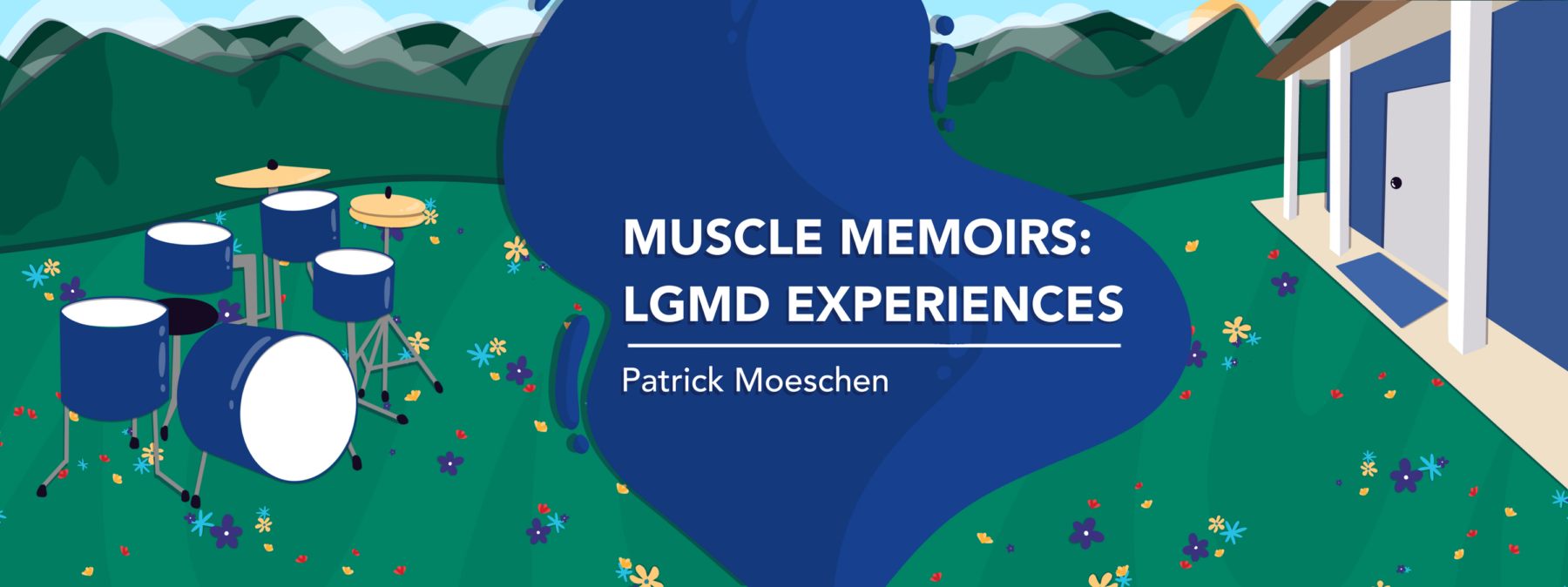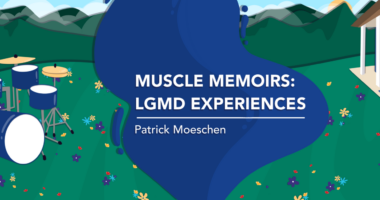How to turn weakness into strength in life with muscular dystrophy
As my disability progresses, I look for the silver linings

In September 1995, I began my first teaching job at a New Hampshire public middle school instructing students about band instruments and music. At the time, I was 10 years into my diagnosis with Becker muscular dystrophy. I wouldn’t be rediagnosed — this time, correctly — with limb-girdle muscular dystrophy type 2E/R4 until 2012. I wasn’t yet using a wheelchair, though I had a noticeable waddling gait. I also was careful to avoid being in the school hallways at the same time as the kids so I wouldn’t lose my balance and fall.
For my 10-year diagnosis anniversary, muscular dystrophy (MD) gave me its own version of a “special present.”
Three weeks into that first school year, I was attending a high school football game in a neighboring district where I was the marching band’s percussion instructor. I fell before the game and fractured my right femur. After three weeks of recovery, I returned to my classroom in a manual wheelchair. I soon realized that MD was going to play a bigger role in my teaching career, as I now needed to ask students to write on the board, pass out and collect papers, and help with classroom setup and cleanup.
I recognized that the way I presented my disability to the kids (and the parents in a letter sent home) would set the tone for my career. So I let everyone know that I would only ask for help when needed and that my students and I should work together as a team.
The kids thought it was great, taking on more active roles in the class and even starting a chart to determine each period’s “board master” — the student who would write or copy notes on the whiteboard at the front of the room.
The weakness of my broken leg had become a strength, as it enabled my students to have more input in the flow of my classroom. In thinking about other ways that MD could be a strength, I decided to make a list of activities I enjoy and do well. It looked something like this:
- Talking with people and learning about their journey
- Writing and journaling
- Music, including playing drums, attending live shows, and composing
- Teaching, especially middle school, as well as working with teachers who are new to the profession
- Research, as long as I find the topic interesting
- Traveling by car, rail, or air to expand my horizons.
Several themes jumped out: writing, communication, teaching, and travel. I wondered how I could combine these strengths with life with MD.
How I’ve leveraged my strengths
Slowly, and without consciously realizing it, I began to speak more openly about what living with a chronic illness felt like and looked like from my perspective. During my first decade with MD, I’d run from this part of my identity. I wanted nothing to do with charities that were involved in raising money and awareness, and I hid the fact that anything was wrong with me for as long as I possibly could. I took this as far as lying about my waddling walk, my occasional loss of balance, and my declining ability to run and climb stairs.
After breaking my leg, I told my students about my recovery and many of them asked if there were ways they could help raise money and awareness for MD. Over the next decade, I educated myself about walkathons, marathons, telethons, and other events that highlighted the fact that disabled adults can be — and are — contributing members of society.
Today, I try to see as many silver linings as possible, especially since my condition has progressed. I now use power wheelchairs, drive a modified van, have home modifications to make the kitchen, bedroom, and bathroom accessible, and can no longer complete certain daily activities by myself. I share these experiences through writing, communicating with others at disability meetings and conferences (that often require travel), and teaching people what life looks like through my eyes.
I encourage everyone living with a chronic condition to leverage your strengths and find ways they can benefit you and others. Your story is important and has value. What you may view as physical weakness can be turned into one of your greatest strengths.
Note: Muscular Dystrophy News Today is strictly a news and information website about the disease. It does not provide medical advice, diagnosis, or treatment. This content is not intended to be a substitute for professional medical advice, diagnosis, or treatment. Always seek the advice of your physician or another qualified health provider with any questions you may have regarding a medical condition. Never disregard professional medical advice or delay in seeking it because of something you have read on this website. The opinions expressed in this column are not those of Muscular Dystrophy News Today or its parent company, Bionews, and are intended to spark discussion about issues pertaining to muscular dystrophy.






Augustus Asare
Thank you for sharing your experience lwith Muscular Dystrophy. Having lived with the disease since I was diagnosed with Becker’s in 1986, I am encouraged to hear from someone who is living with the same condition that I have lived with all these years. Thanks again!
Robin Stemple
Nice work, Patrick. You told your own story, while making it relateable to others in the MD/Rare Disease community. Some time, we have to have a conversation about music! - Rob